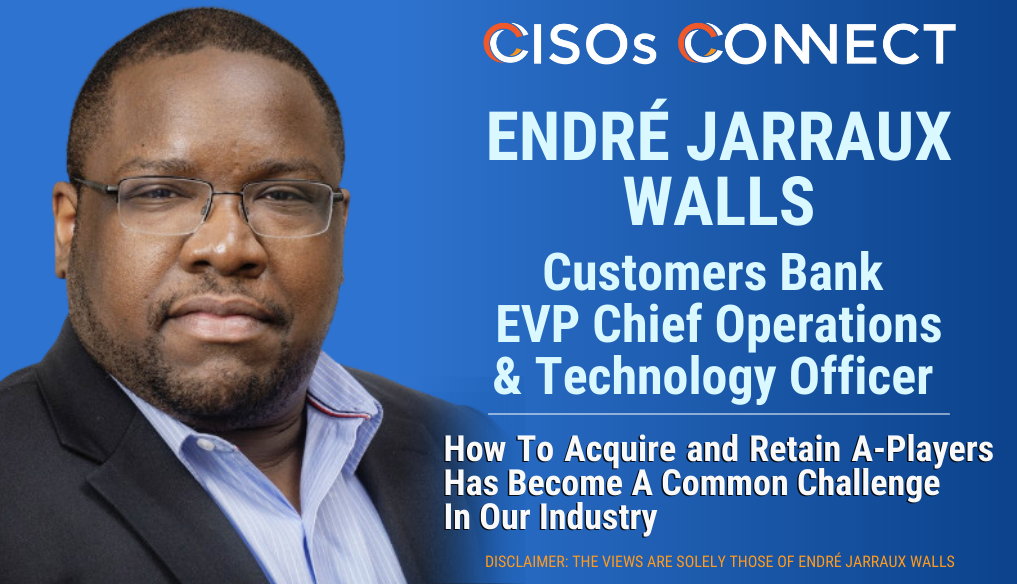
The ability to attract A-players and keep them from leaving for the next big thing depends to a large extent on the HR team. HR teams understand what they need to attract sales, marketing and accounting talent, but attracting tech talent seems something of a mystery to them.
You need incentives, like bonuses and stock options and those sorts of things. You also have to think about things like training. But having a conversation with HR around how to attract technology talent is the first step.
The linchpin
Step two is the interview process – the linchpin to attracting top-tier talent.
A lot of places want to put candidates through the wringer. But A-players want to be made to feel like they’re A-players, that their talent is something you want to have. They’re interviewing you as much as you are interviewing them. So it’s extremely important to create an interview process that engages people.
Peer interviews are very important because they give candidates a glimpse into what it would be like to work at a particular company. I also think it’s a good idea to give candidates a couple of references inside your company who can share with them what it’s like to work in the organization, what it’s like to work for you, and what the business culture is. It’s completely different thinking from the standard request to see a candidate’s references, but I strongly believe that this is important if you want to entice an A-player to work for you.
Wrong answer
Once you’ve hired that A-player, then, how do you keep them? A lot of people think compensation is the most important thing, but I don’t think that’s true.
I look at the folks we’ve been able to retain at Customers Bank, and we obviously pay them for their skills and knowledge. But we also give them access to opportunities to grow and to learn. We provide them with training, and additional benefits such as social events like paintball and escape rooms.
Another thing we do is provide continuous feedback, so people don’t have to wait for annual reviews to understand what you think about their job performance. Those continuous feedback loops work in both directions, where team members can let me know what’s working and what’s not.
The other piece, of course, is career advancement opportunity. Regardless of how small your organization is, or how complex, you have to take the time to create career maps for your people.
Mentor juniors
If your organization is small, hire one expert and a couple of junior people who will have the opportunity to move into more senior roles as time goes on. I think it’s a mistake to hire only senior people. The smarter move is to have that one expert mentor juniors who can grow with the company and therefore be loyal to it. You won’t have to worry about those folks walking away. And if they’re A-players in aptitude, they’ll become A-players in skill over time.
If you have a larger team, create opportunities for people to grow. Develop team leaders, breakout teams and squads. Do rotations to let people apply their skills in different ways, so they can expand their skillsets and grow.
We do a lot of internal promotion. I think that if you want to retain people, it’s important that they feel they can rise above their position into something completely different or into the next level of where they are.
Your value
You’re definitely going to find people who jump ship because they’re offered more money elsewhere. But part of being able to retain people means being able to communicate to your team members why *you* bring value to their career. Getting them to think about things in that way sometimes changes the outcome.
A-players aren’t necessarily concerned primarily about making the most money they can. What they want is to have the biggest impact, to make the biggest contribution.
The expectation in the industry today is that it takes four to six months to fill a position. The market remains very competitive because there aren’t a lot of people in cyber. And the last three to five years of cyber incidents have really made a lot of companies rethink how they approach cyber. You’re seeing security departments ballooning to handle things they felt they could slack off on in the past, like third-party risk management and business continuity.
Not so risky
I’m also pretty certain that companies are reluctant to take a chance on junior talent. But I think in the long run, if you hire junior talent successfully, the time taken to hire and train them will be no longer than it would be to hire someone more experienced – and in the meantime, you’ve gotten this more junior person at a lower cost. I can hire two junior people instead of one senior person, and be able to train them and have them grow in the organization and become senior people who want to stick around.
Talent attraction and retention are big themes in the industry today, but creative approaches can break down some formidable barriers.
